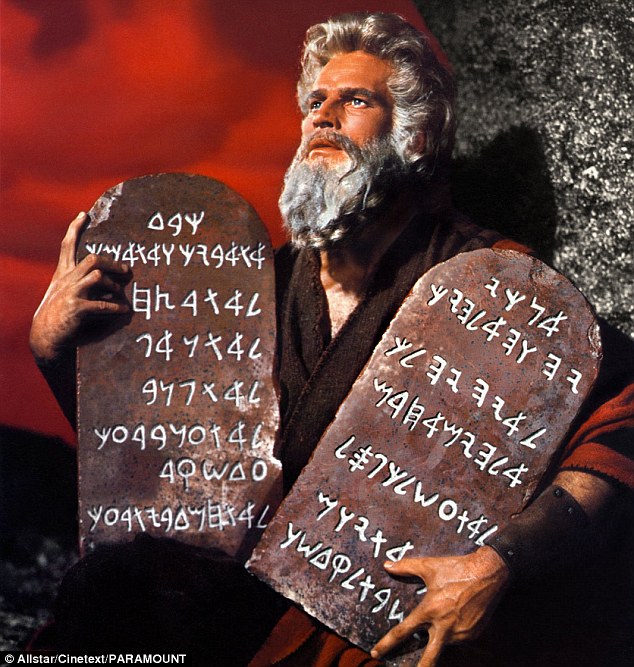The Tablet Phenomenon
By Wayne Maruna
Tablets may seem like fairly new devices, but remember Moses brought
the Ten Commandments down from the mountain on a pair of tablets. With
respect to modern electronic tablets though, we tend to think that
Apple started the whole thing with their iPad. Actually there
were a series of devices, including PDAs (Personal Digital Assistants),
dating back before 2000 that were forerunners of the modern smartphone
and tablet. Perhaps the first device that was actually called a Tablet
PC came from Microsoft around 2000 and was generally considered a
failure. I don’t think there is much debate that the popularity
of the tablet as we know it today started with the launch of the Apple
iPad in 2010, and it remains the top rated tablet today by most
accounts.

But Apple is far from the only tablet producer in today’s market, which
is primarily segmented by the operating system employed: the
Apple iOS (shared with the iPhone), Google’s Android, Microsoft
Windows, and Amazon Fire OS, which is a heavily modified version of
Android. When one buys a tablet, they are not only buying into the
hardware, but also the whole of what is referred to as the tablet’s
‘ecosystem’, which includes the operating system, the available app
store, and the manufacturer’s update policies.
Microsoft markets its Surface tablets primarily to business,
professional, and commercial clients who have need of the full
Microsoft Office suite. Their earliest surface tablets ran a
version of Windows called RT which was poorly received in the
marketplace. Newer models run Windows 10 and can use Windows
application software. Surface tablets tend to run toward the high
end of the price scale.
Apple followed up its
hit iPad with the smaller iPad Mini and the recently introduced large
format iPad Pro. All three run Apple’s iOS operating system. All
software applications must be obtained from the Apple Store, which
boasts the largest collection of tablet program applications (or
‘apps’.) Apple’s prices for the various models at the time of
this writing start at $269 for the older model iPad Mini 2 with 16GB of
storage, and climb all the way to $949 for the iPad Pro with 128GB of
storage.
Google licenses its Android
operating system to a number of partner hardware producers, including
Samsung, Lenovo, Dell, Asus, HTC, LG, Sony, and pretty much anyone else
not named Apple. Each of these manufacturers is allowed to modify the
system to add their own unique apps or user interface. Google
also partners with certain manufacturers, like Asus and HTC, to produce
tablets marketed under Google’s own Nexus brand name. These are
said to run ‘pure Android’ as Google intended. Google often
updates its operating system, and the Nexus tablets are the first to
receive the updates. All others may or may not follow, as there
is added complexity to adjust the updates to accommodate the vendor’s
own unique modifications. Similar to Apple’s Store, Google maintains
the Google Play Store, which is the main repository of available apps
for Android tablets and phones.
Amazon’s Fire
OS is based on Android but has been heavily modified to tie the user
into Amazon’s own app store and exclude users from the Google Play
Store. More so than the other tablet makers, Amazon markets the
various Fire models to consumers who favor reading and entertainment
(movies and music) apps. People who have purchased Amazon Prime
memberships for $99 annually gain certain benefits from using Fire
models. Amazon has recently replaced some of its higher-end
models with lower spec models in order to sell them at more consumer
friendly prices. Their latest Fire 10 model with a 10.1” screen
and 16GB of on-board storage was on sale recently for as low as
$179. To hit this price point, the screen resolution, measured in
pixels per inch (ppi), was compromised to measure 149 ppi, one of the
lowest numbers on current tablets. By comparison, their prior
year model, the highly regarded $400 Fire HDX 8.9, had a pixel density
of 339, higher than even the 264 ppi of the iPad Air and Pro. (Pixels
are essentially a pinpoint of light, and the more you can pack into a
given space, the sharper the displayed image.)
There are many factors that go into the selection of a tablet.
Perhaps the most obvious is screen size, which generally ranges from 6”
to 10” measured diagonally. Most are found in a range of 8” to
10” sizes. The iPad Air measures 9.7”, the Mini comes in at 7.9”, and
the new Pro model is 12.9”. The new Amazon Fire 10 has a 10.1”
screen, while the latest Google Nexus 9 is 8.9”. In addition to
size, price is driven by on-board storage, which ranges from 8GB on the
low end to 32GB on most tablets, 64GB on some tablets, and 128GB on a
few. Note that on an 8GB tablet, after you deduct for the
operating system and a few other things, you only have about 5GB
available for personal storage; on a 16GB model, that available number
is just over 11GB. I recommend 16GB as a minimum, with 32GB
preferred. Most tablets manufacturers allow you to store your
music and movie media in their respective ‘cloud’ so more space is not
necessarily worth the up-charge.
With
increased screen real estate comes increased weight, though newer
models tend to be thinner and therefore lighter. Weights
generally range from around 10.5 ounces for 7” to 8” tablets to about
15.5 ounces for 10” range tablets. A few ounces may not sound
like much, but if you’re holding a tablet for any length of time, you
can tell the difference, which is why most people purchase matching
combination case/stand units.
Tablets have
become common in households because they are just so handy. In the next
two monthly issues, I plan to talk about a hands-on comparison of four
tablets that use three of the tablet ‘ecosystems’.
